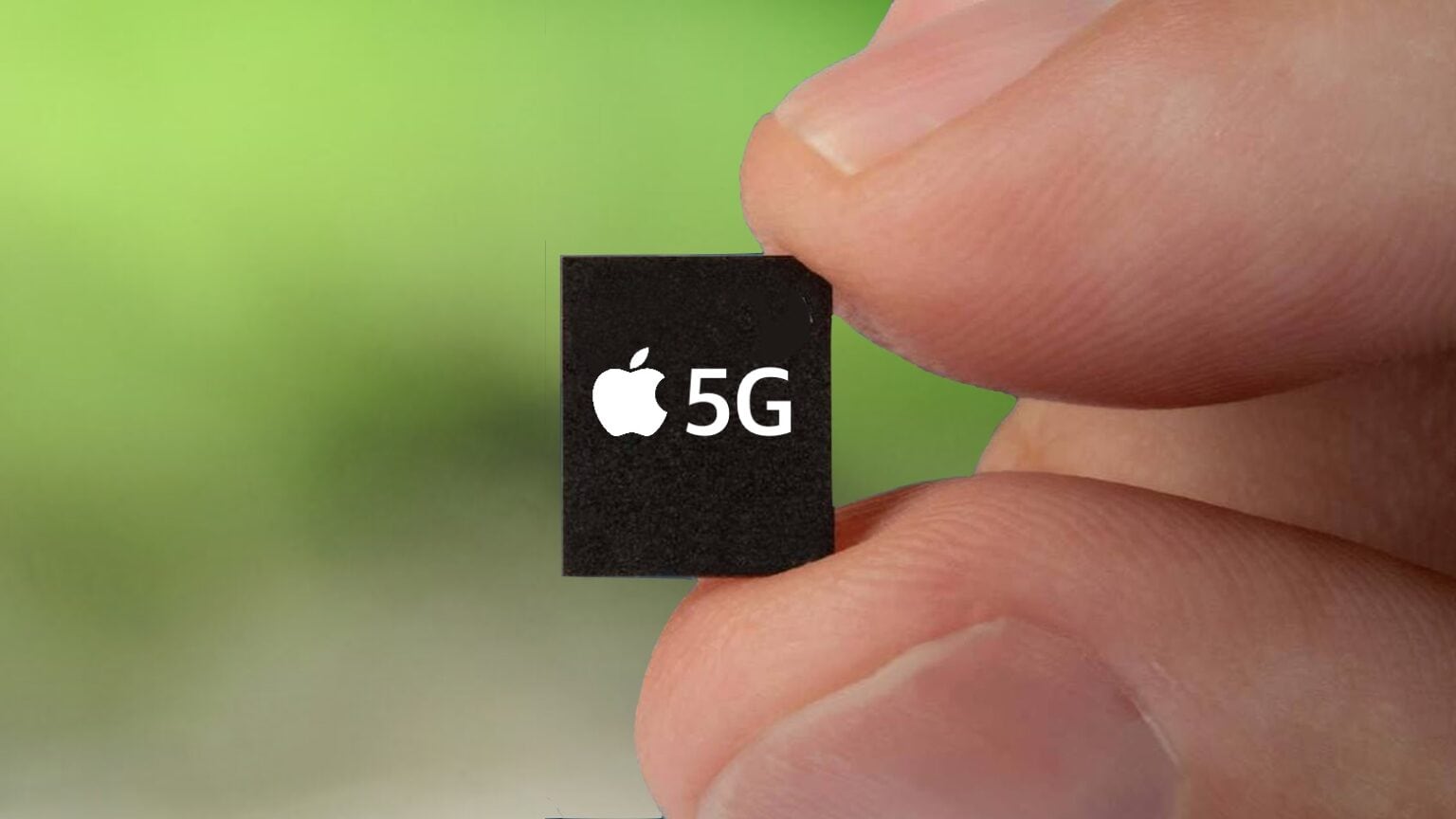Apple’s five-year effort to make a 5G modem for the iPhone has so far accomplished little besides spending billions of dollars, according to a new report. The reasons for the failure are myriad but mostly come down to executives underestimating the complexity of the project.
That’s left iPhone-maker dependent on Qualcomm for modems, a company Apple has a very rocky relationship with.
Apple struggles to make a 5G modem
Connecting a computer to 4G or 5G network requires turning wireless signals into data. The necessary device is called a modem, and in smartphones takes the form of a chip.
Qualcomm makes the 4G/5G chips used by iPhone, but it and Apple do not get along, to put it mildly. The two companies had a lengthy court battle over licensing fees. Apple hasn’t forgotten it lost that fight, and “they hate Qualcomm’s living guts,” Edward Snyder, a wireless industry expert, told the Wall Street Journal.
So the iPhone-maker set out make its own modems. It got a jump start by buying Intel’s modem business, but overlooked that Intel was selling it because it could not successfully compete with Qualcomm.
Apple struggles to make a 5G modem
Apple started the iPhone 5G modem project in 2018, and still has nothing concrete to show for it.
“Engineering teams working on Apple’s modem chip have been slowed by technical challenges, poor communication and managers split over the wisdom of trying to design the chips rather than buy them,” reports the WSJ.
Much of the difficulty stems from the need to connect to wireless networks all over the Earth, with different countries using slight variations on 4G and 5G. “Cellular is a monster,” a former Qualcomm exec told WSJ.
Apple’s solution was to throw money at the problem by hiring thousands of engineers to work on its iPhone 5G modem. But by 2022 the only result was unusable. “The chip was too slow and prone to overheating,” WSJ said. “Its circuit board was so big it would take up half an iPhone.”
That forced Apple to sign another deal with Qualcomm to use its modems through 2026. Which must absolutely grind CEO Tim Cook’s gears.


